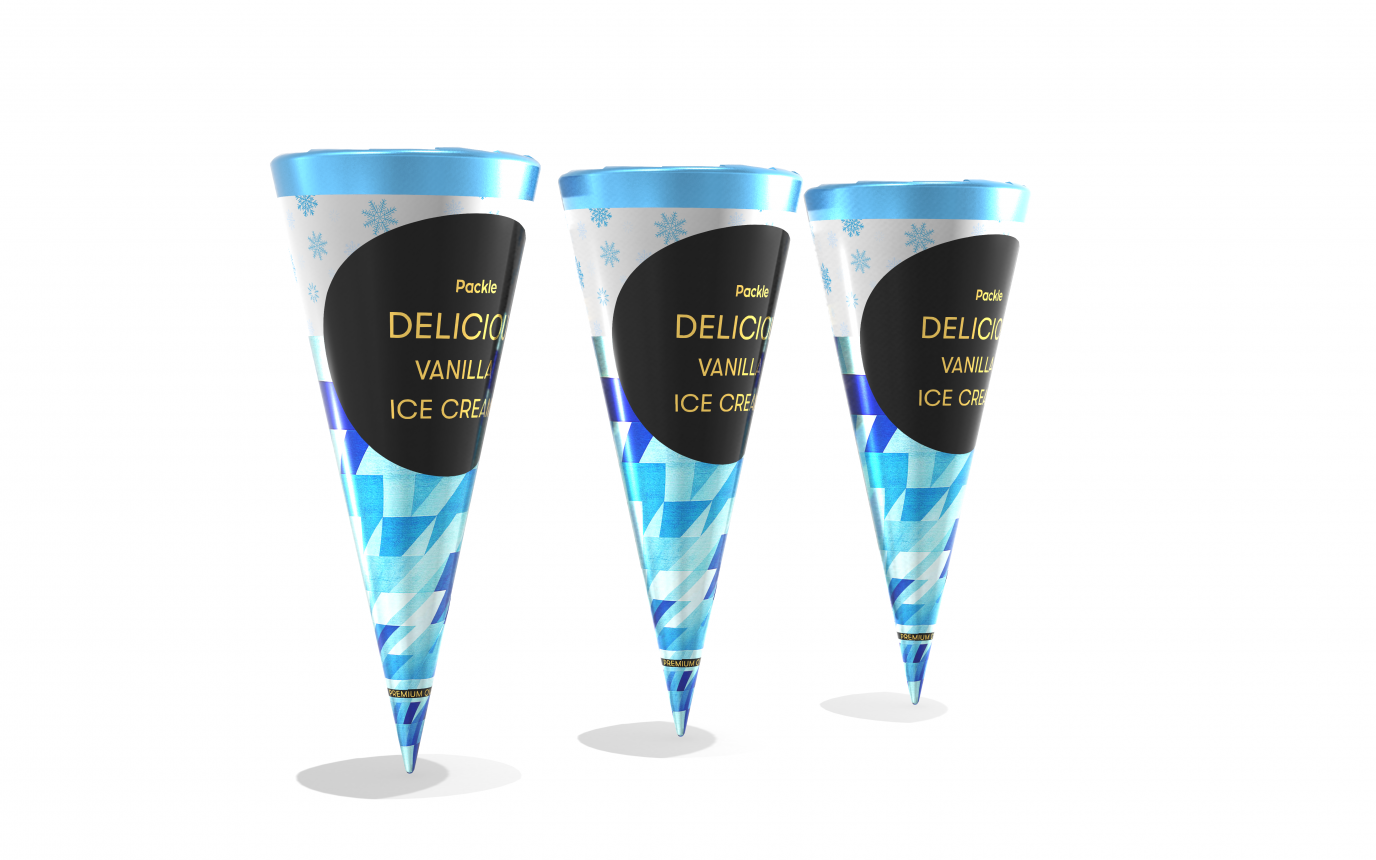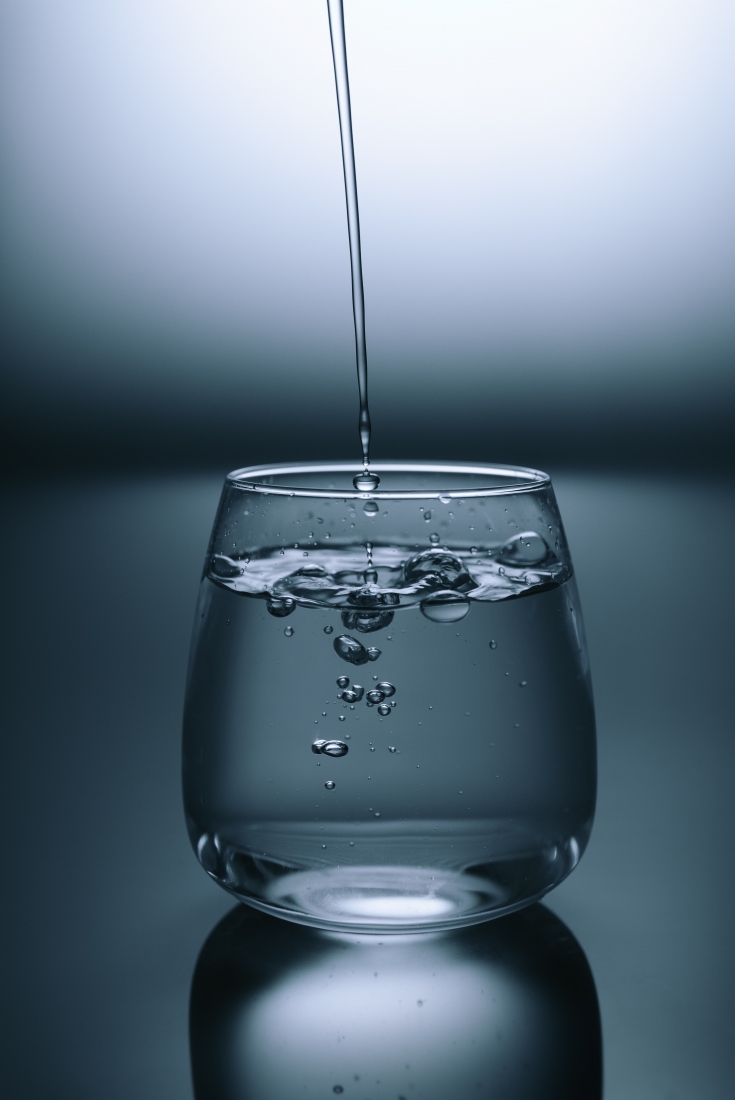Fountains of opportunity - the future of packaged water
When it comes to moving away from single-use plastics, bottled water has proven to be a more challenging product to find eco-friendlier alternatives to – the water industry is typically highly reliant on the use of single-use plastics. While consumers and brands want to move away from water bottled in plastic, what no one wants to give up is the convenience of having water at hand. Better educated of the health benefits of drinking water (and the practicality of having water available on the go) portable water vessels – whatever materials they are made from in the future – are here to stay.
So how will the demand for bottled water and the desire for fewer plastic bottles play out? Particularly in the EU, it’s a critical consideration for many brands: under the single-use plastic regulations, EU states will be expected to meet a 90% collection target for plastic bottles by the end of the decade. As a result, governments are looking to leading brands to support them to reach these targets. Multinational companies and bottled water producers, in turn, are thinking about introducing different bottle materials – especially those which already have high recycling rates.
Glass bottles
One such material is glass. Once only found in high-end restaurants, glass water bottles are now already available for mainstream consumption – it’s possible to buy they for consumption both at home and on-the-go and they are often considered high-end products, with minimalistic looks and sleek designs.
Glass water bottles in an era of plastic was perhaps a risky strategy, but one that ultimately has paid off: several leading brands either retained that traditional glass bottles or launched new products with glass bottles, and many of these brands have firmly positioned their products at the top end of the bottled water market.
Labelling for water glass bottles
With glass being increasingly common in the bottled water industry, brands are also looking at premium label materials to complement their designs and products, boost shelf appeal and supplement the high-end experience they’ve created through their product design.
Sustainability and shelf appeal also remain driving forces in label choice. For the brands in the water industry who have chosen to use or retain glass water bottles, they’re typically only short jump away from a very eco-friendly, recyclable and sustainable packaging when they also use an eco-friendly label material. Many brands are interested in materials like Packle’s metallized paper because it presents the premium look consumers associate with their brand, along with the technical properties required for wet-strength label applications.

